John F. Kennedy: My Thoughts On November 22, 1963
Fifty years ago today—on November 22, 1963—President John F. Kennedy was murdered while riding in an open-air motorcade in Dallas.
Moments after he was shot, First Lady Jackie Kennedy climbed atop the back of the car in what has now become an iconic photograph. According to several witnesses, she did so in order to recover pieces of her husband’s skull, which had been blown onto the trunk. “They have killed my husband,” she said. “I have his brains in my hand.”
Less than five years later, civil rights leader Martin Luther King was assassinated.
Two months later, Robert Kennedy was killed after winning California’s 1968 Democratic presidential primary.
In 1972, Democratic presidential candidate and Alabama Governor George Wallace was paralyzed by a would-be assassin’s bullet.
In September 1975, two women tried to assassinate President Gerald Ford on two separate occasions.
In 1978, a gunman murdered San Francisco Mayor George Moscone and City Supervisor Harvey Milk.
In March 1981, John Hinckley, Jr. came perilously close to murdering President Ronald Reagan.
In January 2011, Arizona Congresswoman Gabrielle Giffords fought for her life after being shot in the head at a Tucson “meet the candidate” event.
We live in a nation with a bloody history of violence against political figures. Before Kennedy, Presidents Abraham Lincoln, James A. Garfield, and William McKinley were also murdered while serving in office.
So on this 50th anniversary of John F. Kennedy’s death, I’d like to make a plea to politicians, pundits, and other fellow citizens to forever swear off any use of violent words or images against their political rivals. As an example, you may remember that Sarah Palin was embroiled in controversy for having sent out this “crosshairs” flier months before the Giffords shooting, which mentioned her by name and placed crosshairs over her district.
To be clear, there is no evidence linking this flier and the shooting. Sarah Palin was not to blame. I offer it only as an example of violent imagery.
But given America’s violent history, similarly violent words and images should be shunned — not solely because they can inspire violence, but also because they show an utter disrespect and disregard for those who have served in a public position and paid the ultimate price for having done so.
The next time you see politicians or partisans using violent images or words, think of 34-year-old Jackie Kennedy crawling on top of that vehicle in Dallas to gather pieces of her husband’s brain. Then, use your voice to condemn them for their historical ignorance and stunning insensitivity.
Do you have an opinion about this topic? Please leave your thoughts in the comments section below.
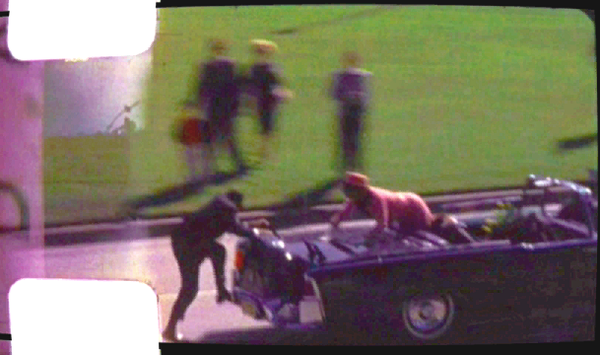
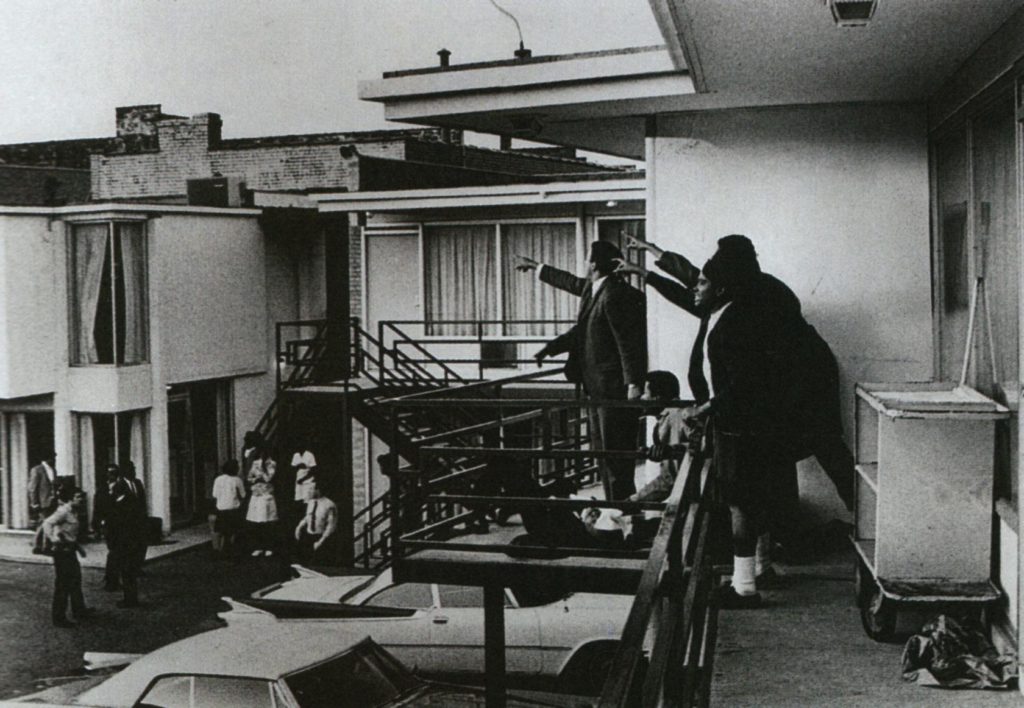
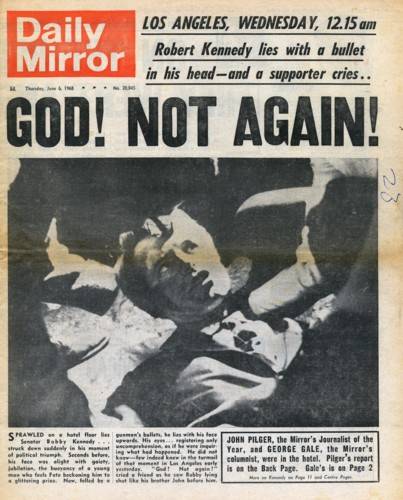
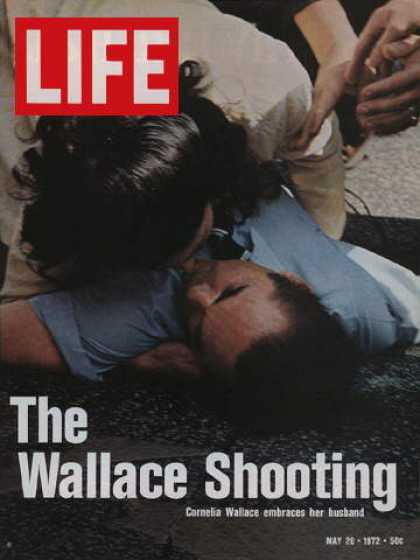

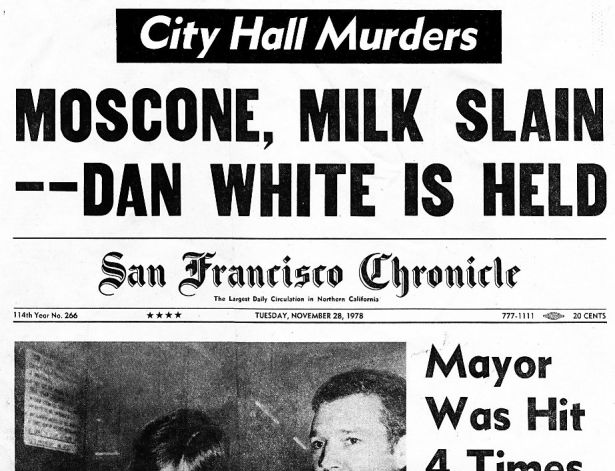
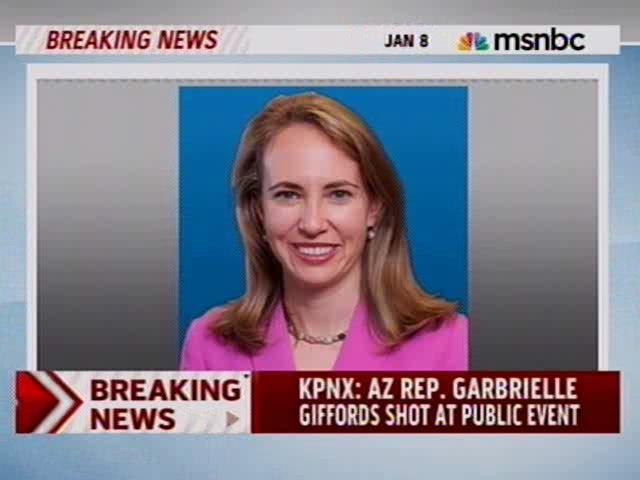
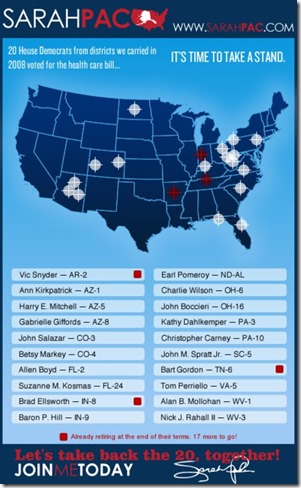
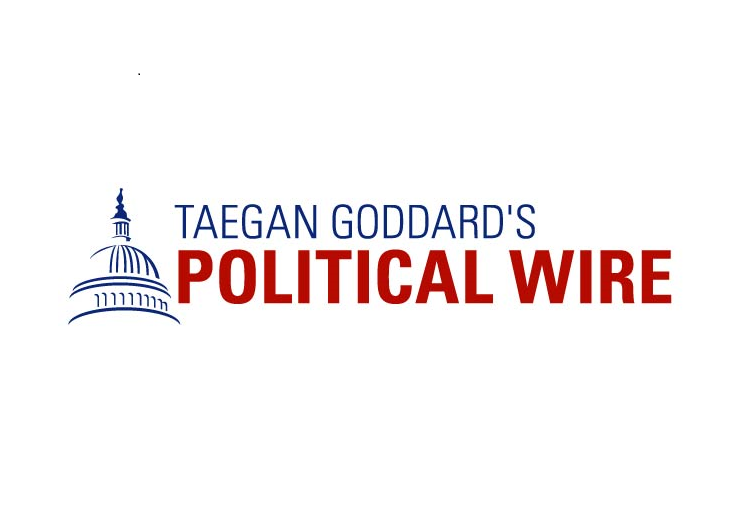
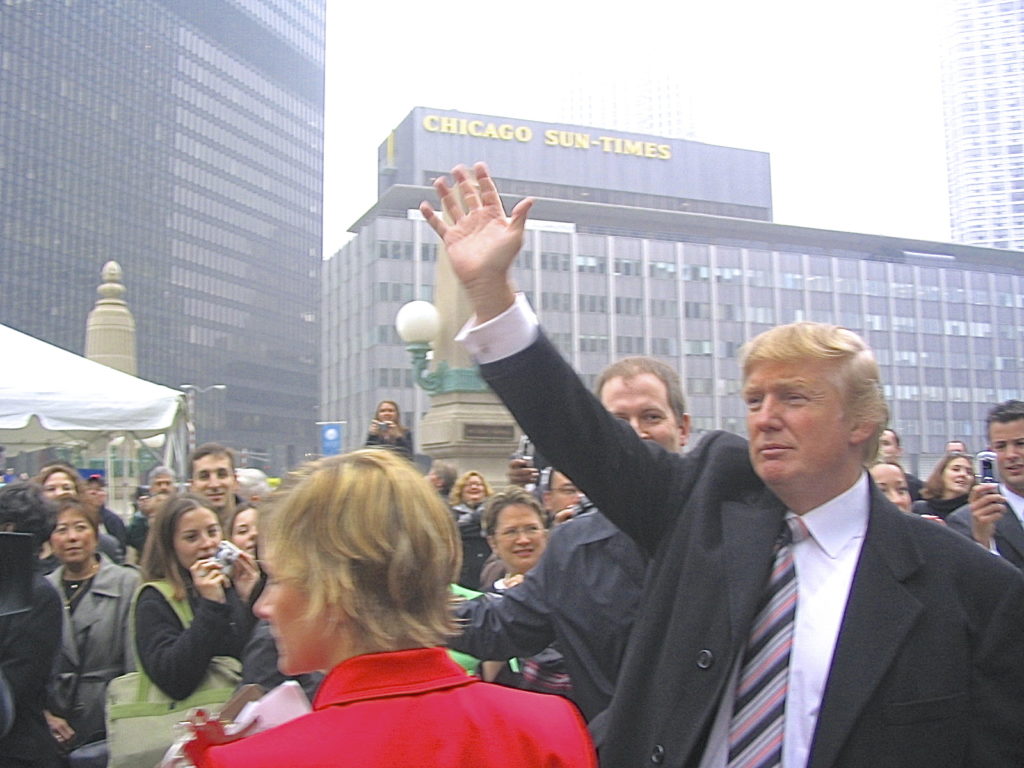
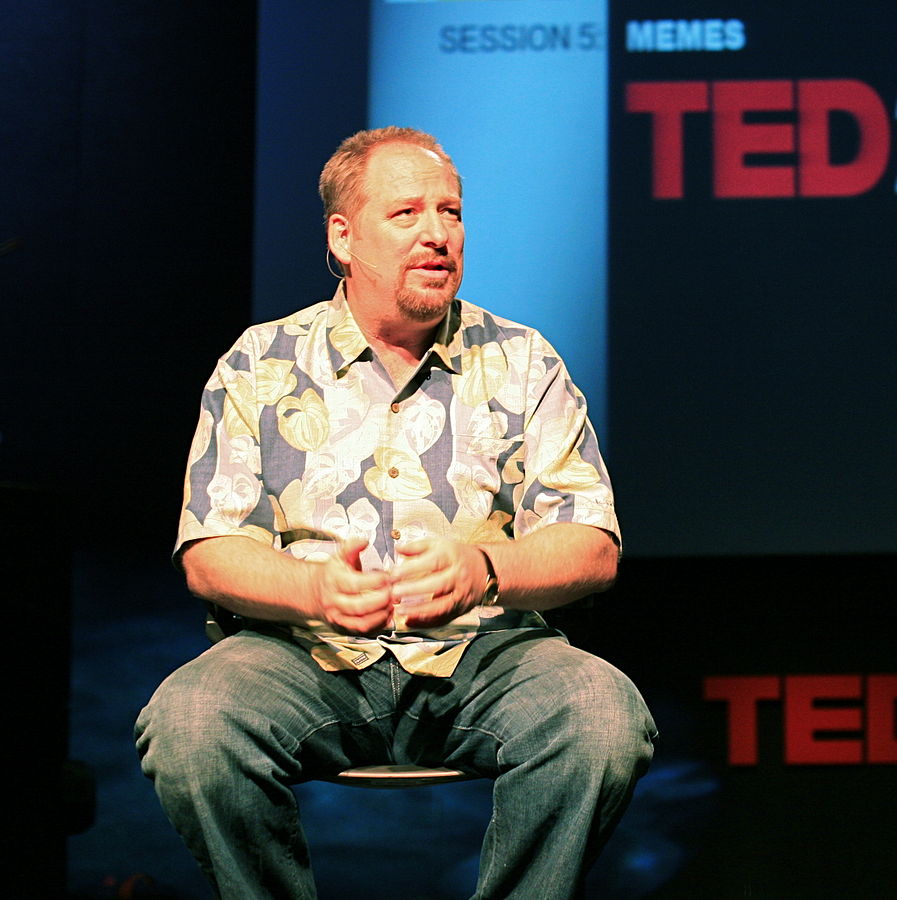
the presidents should have been given the opportunity to serve their terms in
office may the world could have been a better place.
The recent vitriolic and disgusting comment of MSNBC’s Martin Bashir regarding urinating in the mouth of Sarah Palin had to be written, accepted by producers, and loaded onto a teleprompter. No reprisal to him.
Thanks for the thought-provoking article!
Palin’s “targeting” rhetoric has long been used by politicos. She certainly didn’t invent it and it was a gross injustice for people to blame her for the Giffords shooting. Cross hairs on maps don’t cause violence.
In recent days, the Kentucky tea party has criticized Mitch McConnell for advocating violence against them by saying they deserve a “punch in the nose.” Obviously, he was speaking figuratively. I’m getting a little weary of everyone being so thin-skinned. It’s getting beyond ridiculous.
To this day, many media commentators and others insist on talking about the “climate of hate in Dallas” when Kennedy visited, implying that those who vocally disagreed with Kennedy politically were responsible for his assassination. They were not. He was shot by a Marxist, not a right-wing hater.
In 1995, we had President Clinton blaming Rush Limbaugh for creating a climate of “hate” that caused the Oklahoma City bombing. Limbaugh had nothing to do with it.
When someone actually advocates violence against someone, they should be appropriately castigated for it, but these misguided attempts to “connect the dots” are silly.
Colin,
Thank you very much for your thoughtful and smart comment. I agree with your concluding line: “When someone actually advocates violence against someone, they should be appropriately castigated for it, but these misguided attempts to “connect the dots” are silly.” I might personally choose the words “usually inaccurate” over “silly,” but you’ve made your point well.
Even if there’s absolutely no link between violent rhetoric and violence against politicians (although I’m not sure I’d concede the point that fully), respect for the violent acts that have stricken down public servants demands less violent rhetoric. The “crosshairs” ad didn’t lead to Rep. Giffords shooting. But it is crass, and devoid of any respect for America’s violent history.
Thanks again for your comment. I’m glad you left it.
Brad